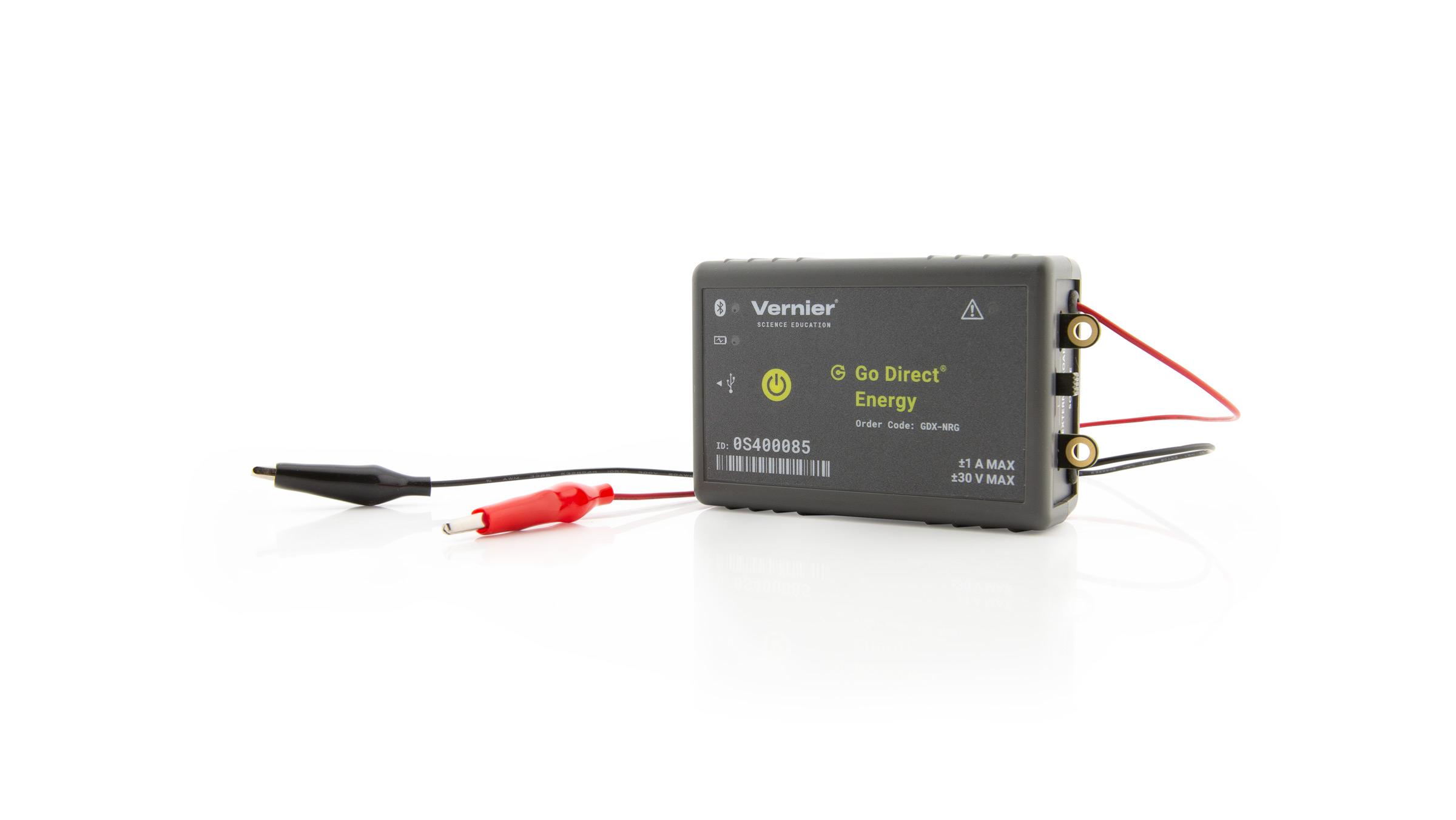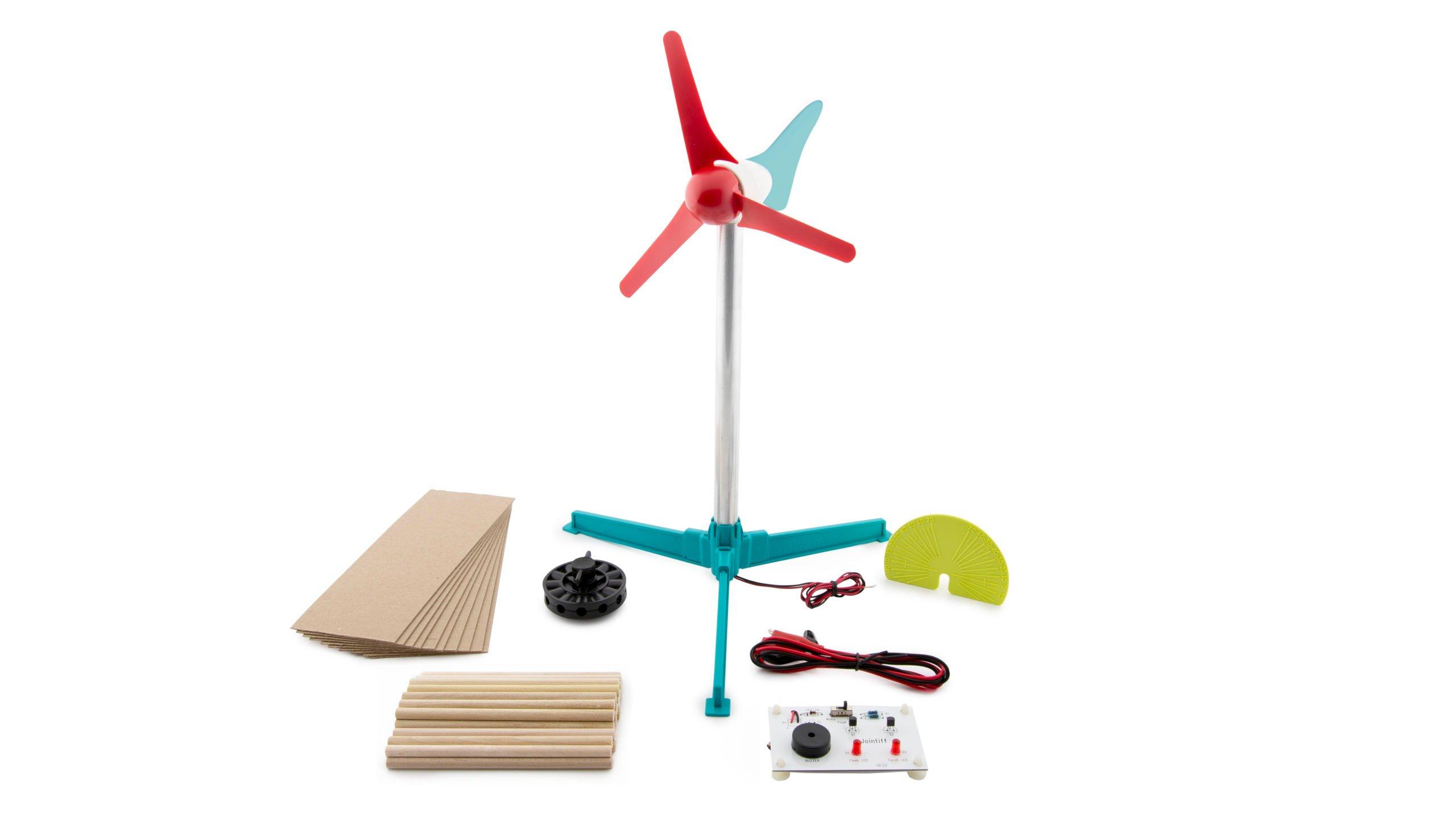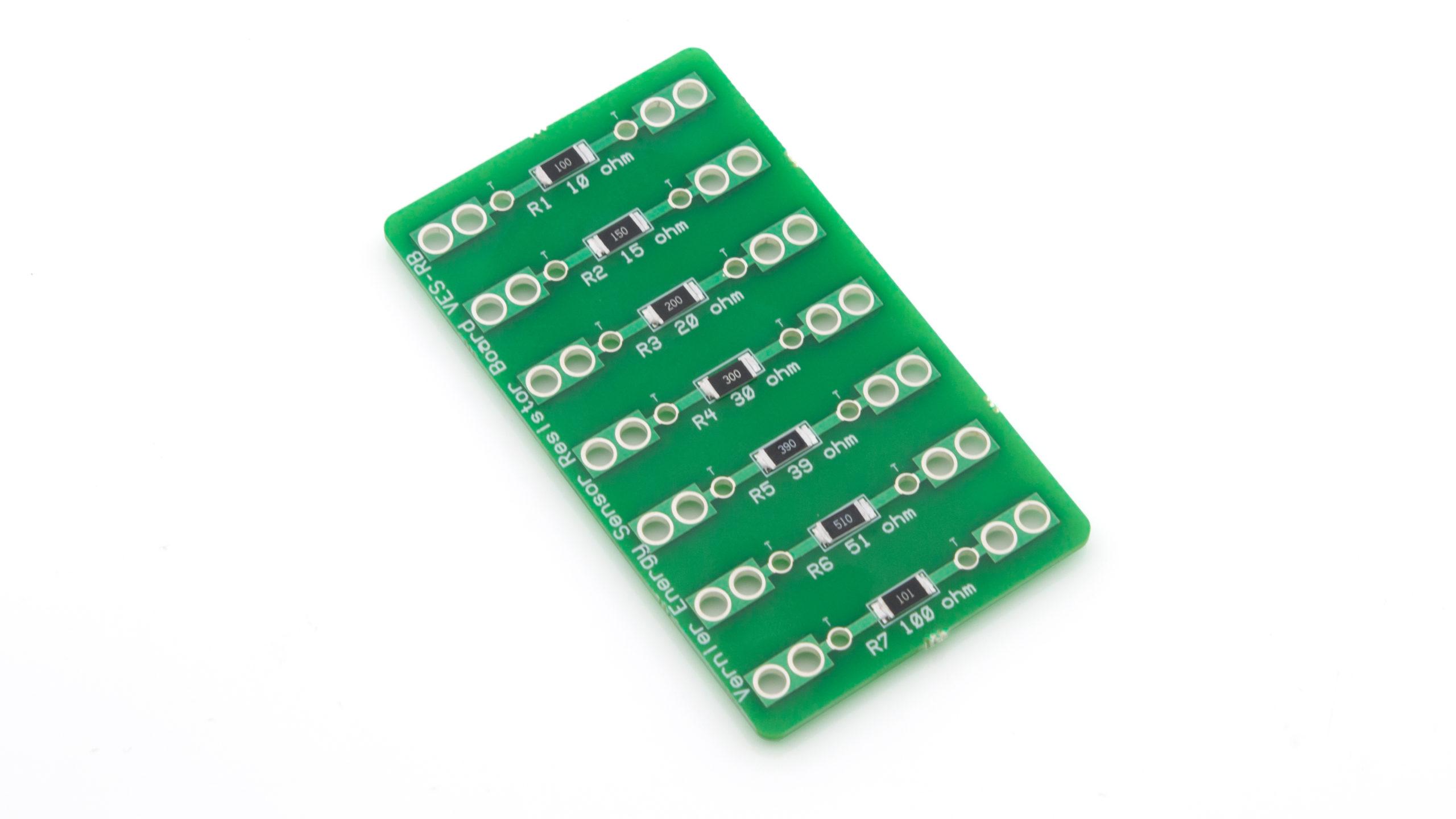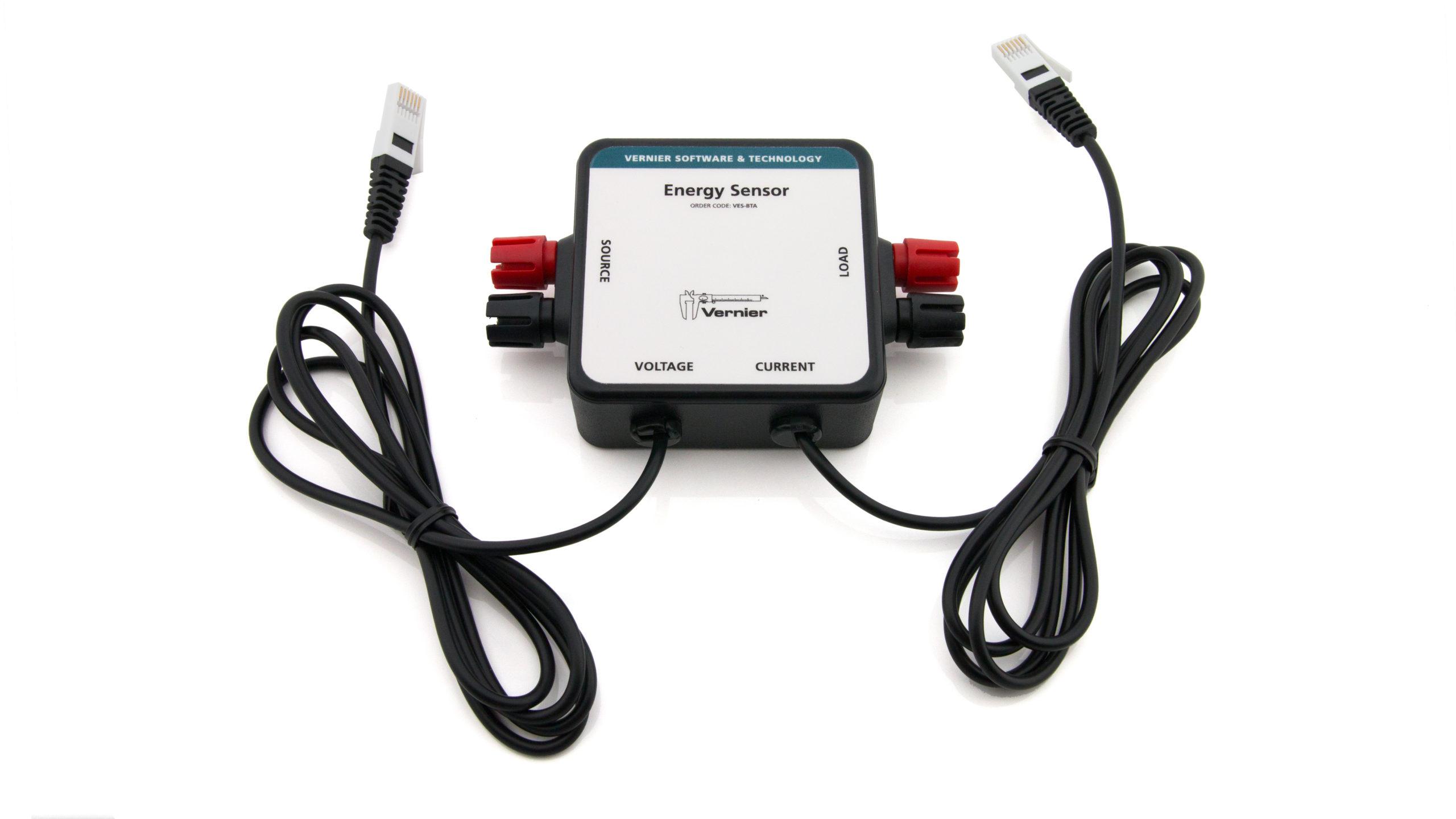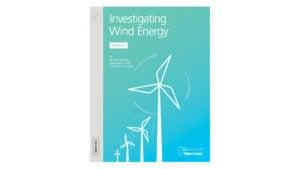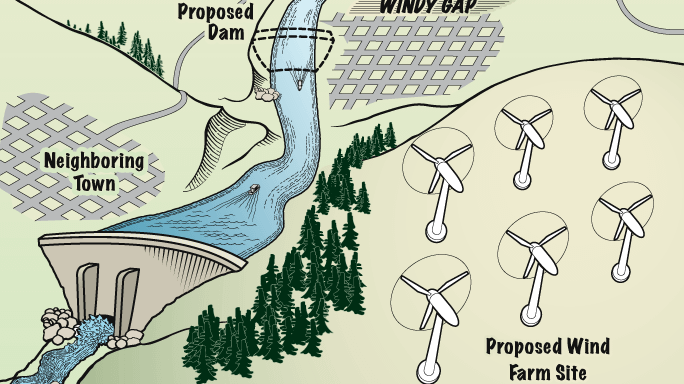
Introduction
The growing town of Windy Gap is located along a river that supports strong populations of salmon. This river has two dams on the river to generate power. One is several miles downstream and one is several miles upstream. Neighboring towns are requiring more power due to their recent growth in size and population. Therefore, it has become clear that more power is needed for the towns in that region, and it has been decided that it would make the most sense to locate a new power source near Windy Gap.
The residents of Windy Gap do not want a dam built on the river near their town. Even though they know the other two dams have fish ladders that have successfully allowed many salmon to pass through the dams unharmed, they are concerned that an additional set of ladders would begin to place too much stress on the fish, and it could affect their survival. They are also concerned because it will greatly affect the characteristics of the river. The proposed site of the dam is where wind surfers use the river, and it is a big business in Windy Gap. Business owners fear the dam could hurt the wind surfing industry. Finally, the people of Windy Gap value the beauty of their city and claim a big dam would be an eyesore in their community.
One suggestion is that instead of a building a dam, a wind farm could be constructed that would be host to several wind turbines. This would not affect the river and could be designed so that it does not impact the beauty of the surrounding area. The challenge, however, is that wind turbines generate less power than dams do. Supporters are hoping that engineers can design turbines that could provide enough power to their region.
In this project, you will construct a small wind turbine that maximizes energy output. You will use your experience with various blade variables, such as blade size, shape, material, quantity, and mass, to design and build the best possible turbine. The goal is to design a set of blades for a turbine that generate as much power as possible. During the project, you will work with your group to design, test, and then optimize your wind turbine blades.
Sensors and Equipment
This experiment features the following sensors and equipment. Additional equipment may be required.
Ready to Experiment?
Ask an Expert
Get answers to your questions about how to teach this experiment with our support team.
- Call toll-free: 888-837-6437
- Chat with Us
- Email support@vernier.com
Purchase the Lab Book
This experiment is #11 of Investigating Wind Energy. The experiment in the book includes student instructions as well as instructor information for set up, helpful hints, and sample graphs and data.

